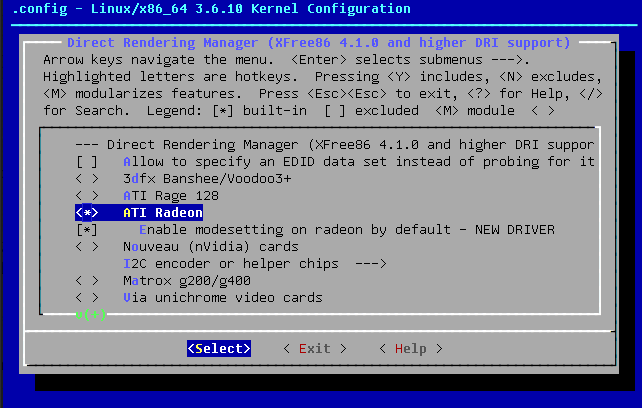
It is also the biggest source of user frustration, this while people never are prepared to spend time on it. Modesetting is the most fundamental functionality and tough to get right. No more register table for this device!Īs a driver developer, my focus is on clean and well-structured code and modesetting. VT3108 panel is now natively supported as well.It is fast and will offer the smoothest operation possible. It also has a clean Xv implementation, clean means easily expandable and way easier to debug.This will eventually grow into a set of loadable modules that will be shared by many drivers. It has clean separation between CRTC modesetting and the various (sadly still limited) output devices.This is also why I refuse to depend on VBE in any way, this driver has the chance to be completely free, not depending on the binary blob that is the VGA BIOS and its VESA extensions. It offers full algorithmic modesetting (for supported devices and the CRT), feel free to throw any modeline at it you want.

The current unichrome driver already is quite advanced and well underway to become what i need it to be: This makes the unichrome tough on any self-respecting driver developer. Most unichromes are also capable of sharing two heads amongst 4 different outputs (3 for VT3122). The most recent (still unreleased) unichrome even has some built in devices. It largely depends on external encoders to offer things like TV, TMDS (DVI) and LVDS (panel). This is one advantage the unichrome has over many other devices (intel is now taking the lead though). Thanks to VIA's code releases, however irregular, entangled and buggy, a lot is known about the unichromes, and it is possible to do just about anything you want with them. Despite VIA's failure to properly understand and cooperate with Free and Open Source Software communities, this driver is very important.


 0 kommentar(er)
0 kommentar(er)
